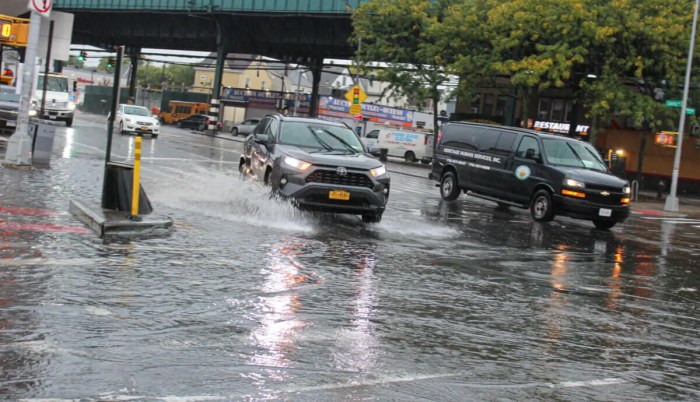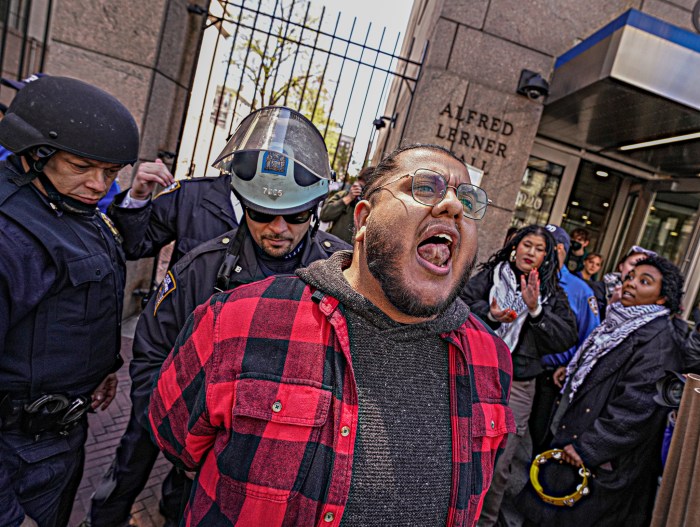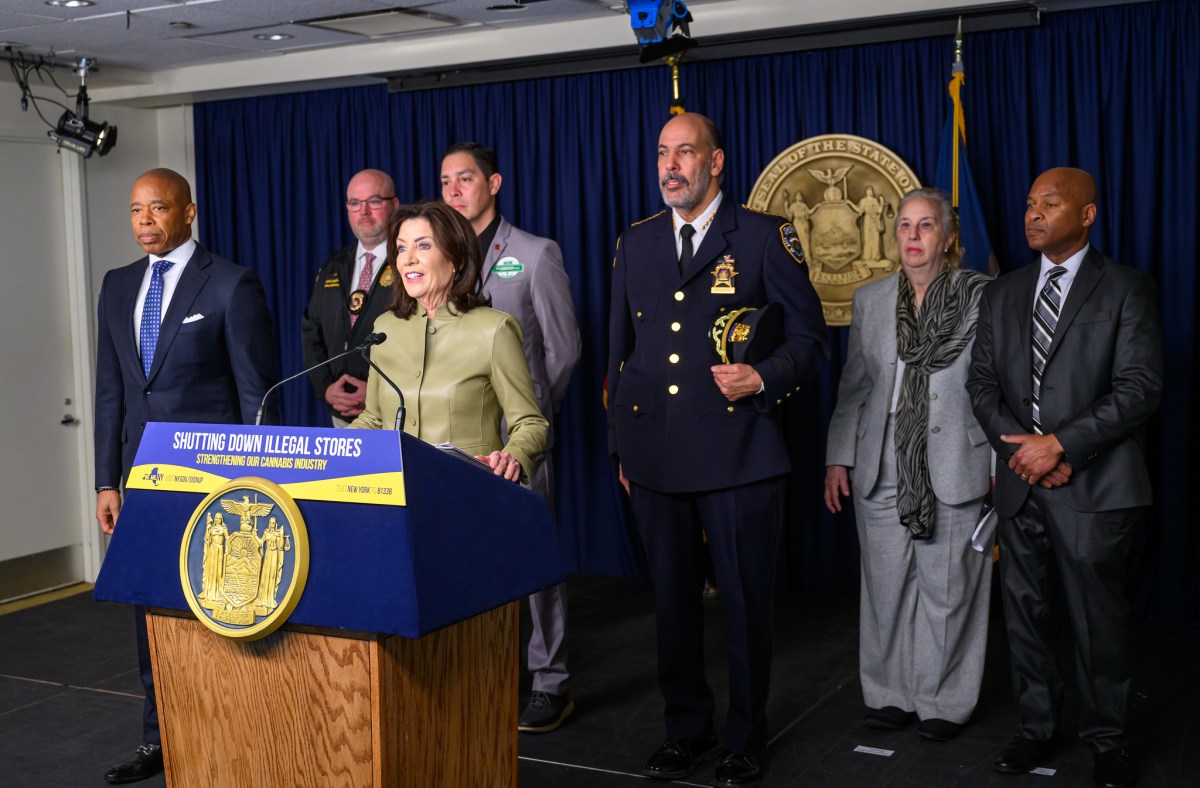BY ALINE REYNOLDS | Downtown community members seem very pleased thus far with the leadership of 9/11 Victim Compensation Fund Special Master Sheila Birnbaum. What they are not pleased with, however, is the catchment area she determined based on satellite photos of the initial dust cloud taken after the attack.
The claims territory from the first V.C.F., established immediately after 9/11, has been enlarged by approximately twice the original size to include east of Nassau Street, below the Brooklyn Bridge; and south of Thames Street and Exchange Place, stretching to the southernmost tip of Lower Manhattan.
The area’s northernmost boundary — Reade Street — however, has not been changed from the last V.C.F., upsetting residents who live along Duane Street and elsewhere in the northern vicinity of Ground Zero.
“To draw the line at Reade Street is arbitrary. The dust came right up Greenwich Street — it didn’t stop at Reade Street, believe me,” said a Community Board 1 member who lives on Duane Street between Greenwich and Hudson Streets, one block north of Reade Street. “It just seems like Canal Street would be the logical boundary if there’s going to be a boundary at all,” he said, since the city barricaded the streets south of Canal Street in the weeks following 9/11.
The C.B. 1 member requested anonymity since he described in detail the medical condition of his wife who suffers from acid reflux, loss of smell and other ailments purportedly tied to 9/11. The couple is worried that, since they live above Reade Street, the wife might not be eligible for compensation.
Allan Tannenbaum, another C.B. 1 member who also lives on Duane Street between Greenwich and Hudson Streets, substantiated the board member’s claims by showing a series of photographs he took in September and October 2001. One of them, which showed a humvee traveling along Church Street, reveals dust and smoke accumulating north of Reade Street.
The subsequent fires that burned at Ground Zero through mid-December, Tannenbaum and other board members noted, spewed dust particles into the air once the original dust cloud subsided, possibly contaminating areas outside of the V.C.F.’s catchment area.
“Even if the dust cloud stopped at Reade Street, there was plenty of dust that was kicked around by vehicles and blown by winds on different days,” said Tannenbaum.
Recovery workers who didn’t spend time at Ground Zero — those, for example, who helped transfer debris to the piers north of Stuyvesant High School — have fallen ill from toxin exposure, according to the board.
In response, Birnbaum said the board member’s wife and others with 9/11-related illnesses that don’t reside in the catchment area should still apply for funding.
“We thought the line had to be drawn somewhere, but it doesn’t mean somebody outside of that line cannot apply,” said Birnbaum, noting that she can exercise her own discretion in deciding who receives compensation. “We’re not going to categorically leave people out who have lived around there, been there at the same time, and have similar injuries [to people in the catchment area].”
The C.B.1 W.T.C. Redevelopment Committee is formally asking N.I.O.S.H. to reconsider the boundaries in a resolution stating, “Although [C.B. 1] appreciates the expansion of the boundary area, the area still does not include the entire C.B. 1 district… nor large tracts of housing, such as Independence Plaza North, which were near the 9/11 barge that operated north of Stuyvesant High School for months.”
Specifically, the board is requesting that the V.C.F. set the same boundaries the Lower Manhattan Development Corporation decided on for its 2002 Residential Grant Program. The initiative, which awarded financial incentives to existing and new Lower Manhattan residents, included areas extending northward to Chambers and Canal Streets.
Birnbaum requested that individual C.B. 1 members submit comments by the Fri., Aug. 5 deadline. “We would like written comment with given documentation so we really study it, take a look at it, and consider whether we need to extend it further,” she said. “As I said before, we really want to get it right.”
In the meantime, W.T.C. Redevelopment Committee Chair Catherine McVay Hughes and others are crossing their fingers that the V.C.F. boundary lines will be redrawn.
“We’ll have to see what happens,” said McVay Hughes. “Hopefully the resolution will get approved [by the full board at its July 24 meeting], and Special Master Birnbaum takes it seriously into consideration.”

















